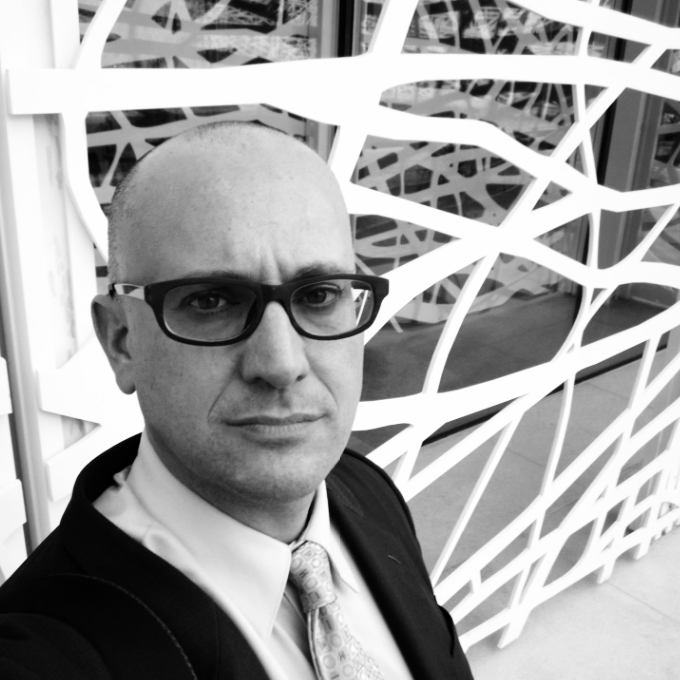
The past decade has not been a particularly kind one for USAID. The U.S. federal agency, which is trusted with an annual budget of about $35 billion to administer civilian aid worldwide, has attracted its fair share of criticism for what many see as squandered opportunities overseas. Its 3,500-plus employees do not have much to show for years of work in Egypt; it has been attacked for being tone-deaf and having a total lack of oversight in Afghanistan and Haiti; yet in other countries, such as Bosnia, USAID has won some begrudging respect.
But as foreign aid shifts from a check-writing ritual to a more social enterprise oriented model, USAID is trying a different approach worldwide, including in India. Last week the agency awarded $5 million in grants through its Development Innovation Ventures Program. Two of these awardees are piggybacking on other efforts to expand energy access throughout India by investing in clean-energy technology startups.
One company is Simpa Networks, which is striving to become a leader in “pay-as-you-go” solar power in India. Located in Noida, a planned city in India’s largest state, Uttar Pradesh, Simpa works with families to replace dirty and dangerous kerosene, or unaffordable grid power, with solar systems that not only provide light, but also offer a chance to upgrade their lifestyle.
These systems come with three lights, mobile chargers, a fan and the capacity to provide enough electricity to run a television. According to Simpa, its pay-as-you-go model leads to ownership after 24 to 36 months. Once the contract is paid off, the system will operate continuously and will last up to 10 years with some basic maintenance.
Depending on financing, Simpa’s system costs anywhere from 180 to 950 rupees ($2.70 to $14.25) a month. Access to the grid, if that is even an option, costs about 250 rupees ($3.75) a month. After two or three years, Simpa’s system is basically free.
Besides offering low-cost power, Simpa is also providing new economic opportunities. In an emailed statement to TriplePundit, the company says it employs almost 300 people full-time, and also works with approximately 500 technicians and “solar entrepreneurs.”
The workday in India for most people, of all economic classes, is one that often winds from early in the morning to late at night, but Simpa provides a work-life balance that is almost unheard of in the country. As one technician explained by email to TriplePundit:
“Before I came to Simpa I had worked in the many companies and was living away from my family. Simpa is a much more employee-friendly, social company, which I haven’t found in any other companies where I had worked. I am from a small village of Pilibhit where I used to work everything for my own people. In my family, I live with my mother, wife and my baby boy. Simpa gave me the opportunity to [fulfill] the responsibilities by adding me into organization, where I can manage my work and my family responsibilities by living in Pilibhit itself, which is very important for me.”
Another USAID grand recipient is Orb Energy, a Bangalore-based firm that has over 100 branches across India. The company’s target market is small- and medium-sized enterprises (SMEs), and it has installed rooftop photovoltaic and solar water heating systems atop both businesses and homes.
As solar has achieved cost parity, or even dipped in price below that of conventional grid electricity, Orb Energy has seen business opportunities surge. The company’s CEO said funding from USAID grants will be used to help finance larger solar power systems for SMEs across the country. So far, Orb Energy employs 400 people, with another 100 working at franchised locations throughout India.
Watch for more entrepreneurs to enter India’s still largely-untapped solar market. Just as cell phones opened up horizons for Eastern Europeans a generation ago as they leapfrogged landlines and went directly to wireless, opportunities are plentiful in India as almost a quarter of its people still lack access to grid electricity.
So, why is USAID involved when the private sector is already active on the renewables front in this country of 1.3 billion people? “For the first time in history, we have the tools, technologies and approaches to end extreme poverty and its most devastating effects,” said Dave Ferguson of USAID’s U.S. Global Development Lab. “Building a better, safer and more sustainable world promotes the dignity and freedom of people everywhere and advances our security and prosperity.”
Image credit: Simpa Networks

Leon Kaye has written for 3p since 2010 and become executive editor in 2018. His previous work includes writing for the Guardian as well as other online and print publications. In addition, he's worked in sales executive roles within technology and financial research companies, as well as for a public relations firm, for which he consulted with one of the globe’s leading sustainability initiatives. Currently living in Central California, he’s traveled to 70-plus countries and has lived and worked in South Korea, the United Arab Emirates and Uruguay.
Leon’s an alum of Fresno State, the University of Maryland, Baltimore County and the University of Southern California's Marshall Business School. He enjoys traveling abroad as well as exploring California’s Central Coast and the Sierra Nevadas.














